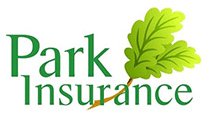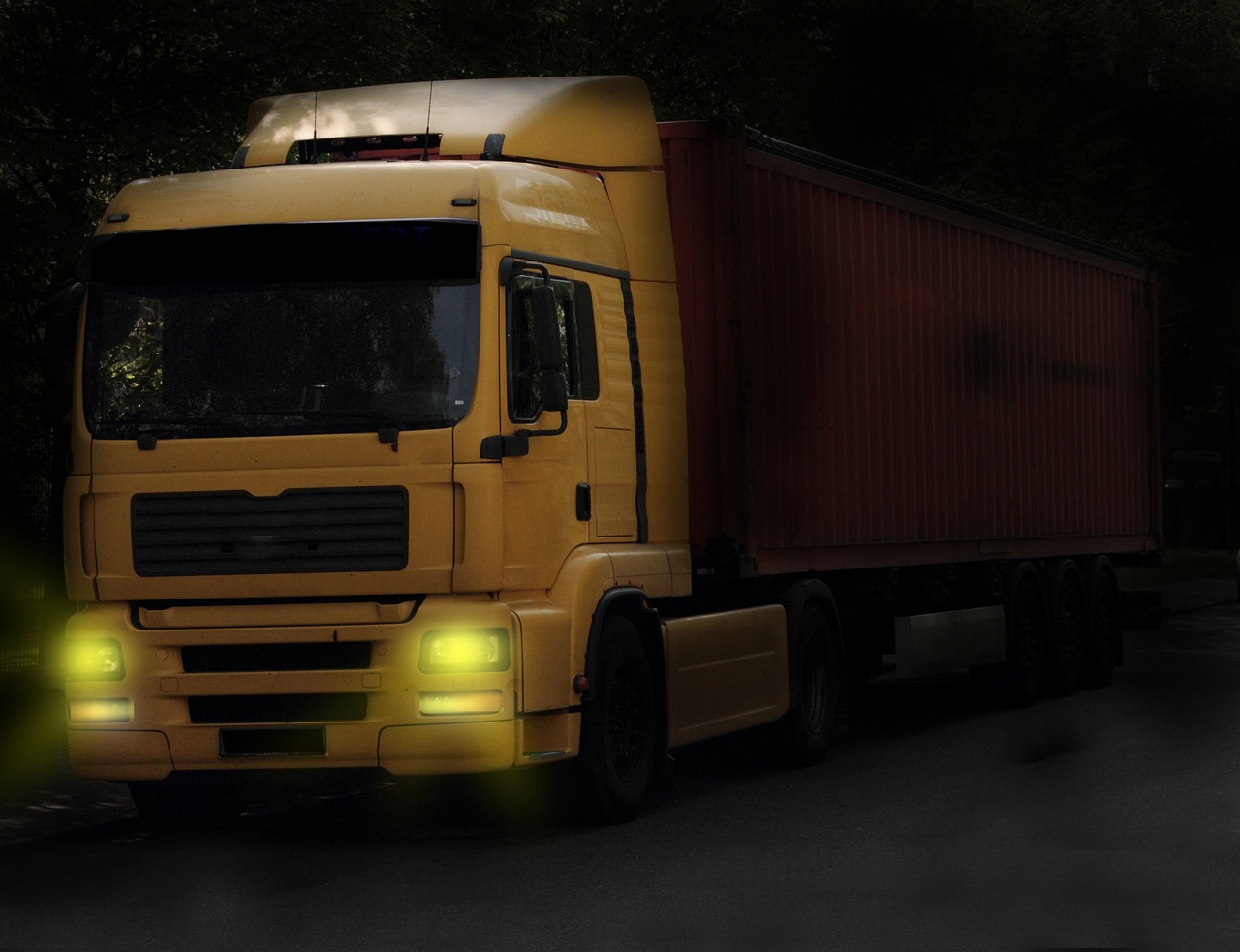How To Eliminate Blind Spots In Commercial Vehicles And Improve Overall Safety
Many accidents and collisions occur, due to the simple but potentially lethal problem of not seeing other vehicles.
Taking your eye off the road in front of you for a prolonged period is clearly impossible, but taking any manoeuvre where blind spots exist can have devastating consequences. Commercial vehicles, which are often longer and weigh more, are potentially even more dangerous.
The biggest cause of accidents by some distance is driver error (90%), and it’s hoped that the rise in driverless cars will cut down on these mistakes and cause insurance costs to plummet for private and commercial driver alike – but clearly this is sometime in the future, probably decades more than years. Until then we’ll have to rely on our own wits and present technology to eliminate blind spots, including these:
Mirror adjustment
According to some driving experts, as in this guide, there is no such thing as a true blind spot if all mirrors are adjusted correctly and the turn of the shoulder is brief rather than lingering, and thereby creating a blind spot in front. The guide description of how to adjust mirrors might apply to cars, and at a push vans, but the areas where a driver cannot see other vehicles around them is much larger in articulated lorries.
Therefore, steps must be taken, starting with additional mirrors on the right and left sides of the cabs to narrow the size of existing blind spots in the adjacent lanes. Any lane adjustment should be done after checking the road is clear at least twice, and signaling should be made plenty of time before the actual move is attempted.
There is also one other point to make; drivers should be aware that your blind spots are larger than a normal-sized vehicle and drive accordingly, but don’t use this as an excuse if you’re caught out by them. In an accident, moving lane and colliding with a vehicle that may be far lower and smaller than the HGV will be the lorry driver’s fault.
Additional technology
There are a number of methods of reducing the chances of accidents or alleviating the hidden dangers of blind spots. For example, fish-eye mirrors are convex shaped, which give a far wider field of view albeit with distortion of distance, while a wide-angle mirror can be used to take in a larger view of the back – although of course, this would not be possible in a lorry.
Another method is a vehicle camera monitor system, which takes multiple views from around a vehicle and transmits them to a single monitor in the vehicle. Used on anything from construction vehicles to buses and 20-tonne trucks, they also give better visibility in low light conditions.
Single, side view cameras can help prevent collisions with cyclists (and terrifying videos such as this emphasise the risk of danger) while an intelligent camera monitor product from a company such as Brigade Electronics provides a view around your vehicle in just one image.
As a final failsafe one could change the vehicles in a fleet altogether, and move to the new cab designs unveiled last year and supported by Transport for London – designed to limit the disproportionate involvement in cyclist fatalities by HGVs.
If you need specialist commercial vehicle insurance, click here to get a quote today.

